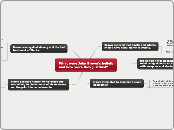par David Kedrowski Il y a 14 années
264
MAT.116 5.4
Matrices are fundamental elements in linear algebra and are utilized in various mathematical and real-world applications. They are ordered rectangular arrays of numbers organized into rows and columns.









